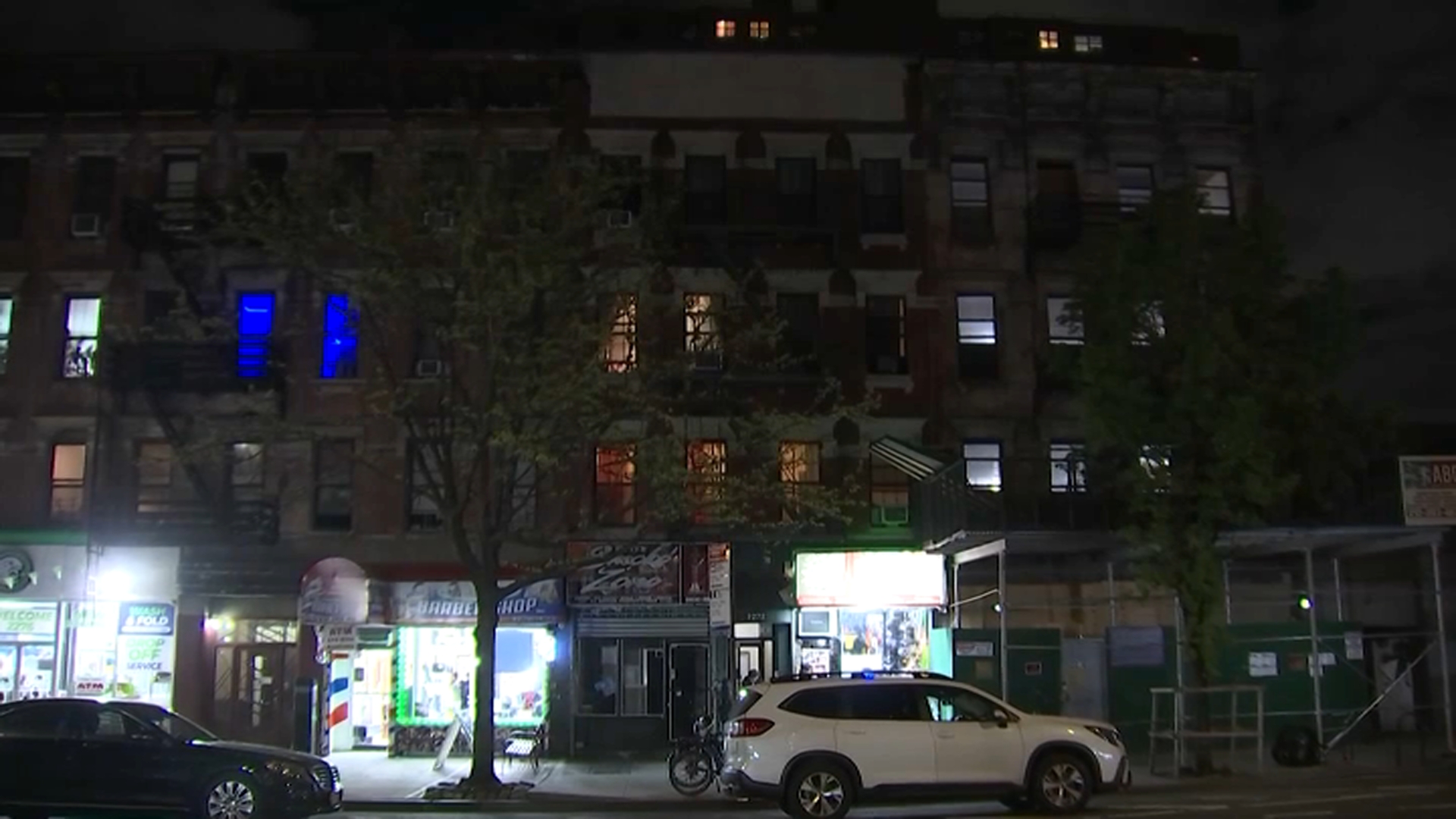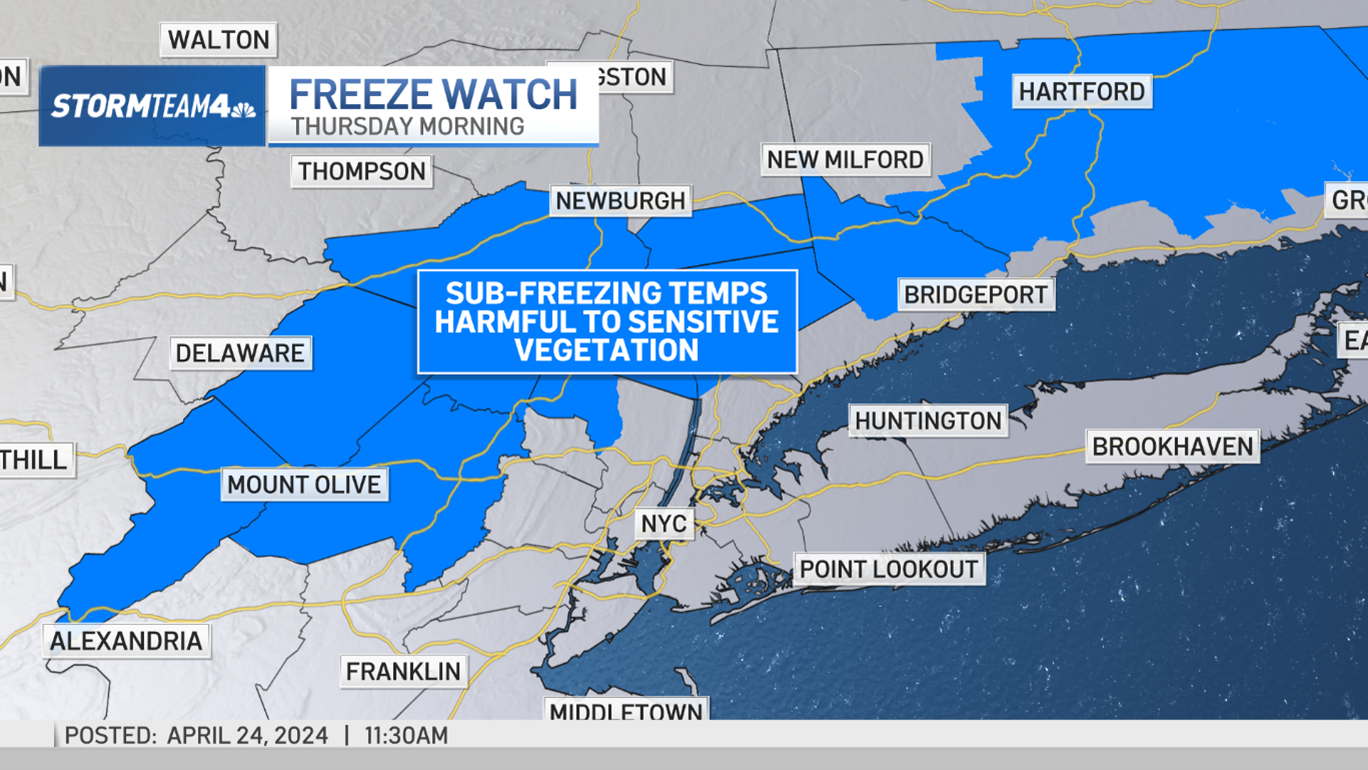Japan's nuclear crisis has led to many questions about radiation exposure, and experts say small amounts of radiation surround us in our daily lives.
According to scientists, everything from planes, sunlight and smoke detectors emit radiation -- it surrounds us. However, the highest levels of radiation come from medical devices.
“X-rays, stress testing, CT scans in particular, are a big source of radiation to at least some segment of our population,” said Bill Robeson, North Shore-LIJ Health System’s radiation safety officer and physicist.
Robeson said there is even radiation found in marble -- in a building like New York’s Grand Central Station, it is everywhere, including the stairways and floors.
Some scientists estimated that the yearly radiation exposure rate in the United States is now the average daily dose in parts of Japan, specifically those areas closest to the damaged Fukushima Daiichi nuclear plant.
“So they're getting every hour what the average American gets in a year, “ said Robeson.
Radiation levels are still not at a critical level in Japan, but scientists insist that with any dose of radiation there is a risk for cancer development.
Children are 10 times more likely to get cancer from radiation because the cells in their bodies divide more rapidly; older people are less at risk.
“Our belief is that we need to protect children particularly in a working or measured environment to about one-tenth of the level of exposure that we would monitor adults,” said Robeson.
Local
Radiation is measured in sievert units. For example: a whole body CT scan is about 10 to 15 millisieverts. It is the highest radiation dose of all the medical devices. Americans are exposed to about three millisieverts a year.
How much is too much? According to scientists, no one can survive a single dose of ten thousand millisieverts, which is equal to about 670 CT scans in one day.
A single one thousand millisievert dose could cause mild radiation sickness like nausea and vomiting.



